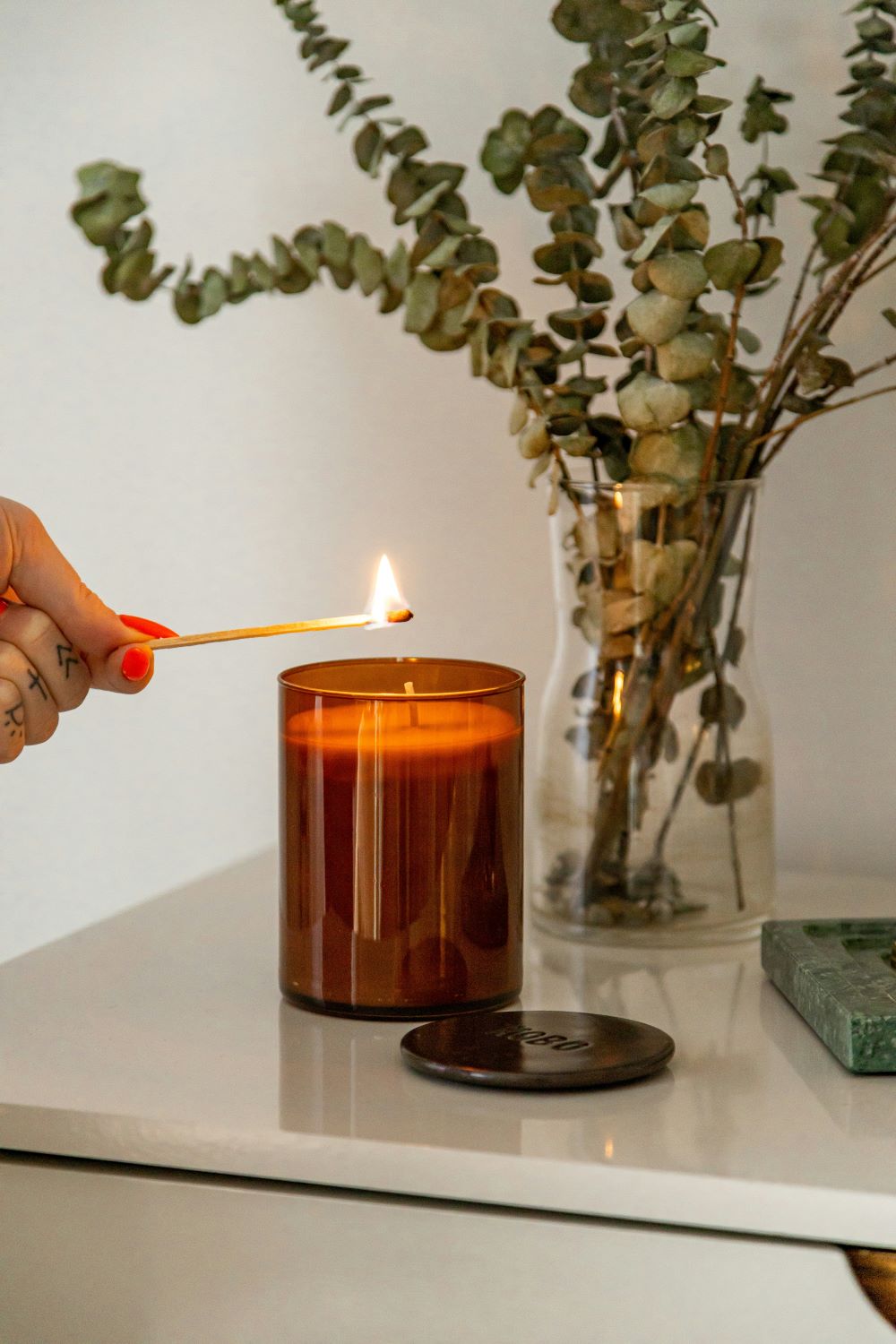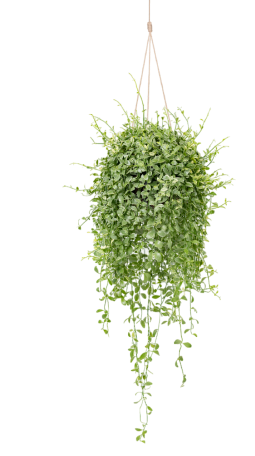Want to add some good smells to your home without decreasing air quality?

Some smells are so comforting…at holiday times and when having guests over, or just for yourself, it’s great to have a safe way to make your home smell good. Candles, wax welts and some other scents bought in stores, however, emit particulates and VOCs that you don’t want to put into your breathing space. Let’s review what not to use, and then what you can use to make your home aromatically enticing in healthy ways!
Candles: According to a professional in the HVAC industry, 83% of the time Black Particulate Matter found on HVAC filters is from burning candles! Candles can turn your HVAC filter black or dark gray. The easiest way to explain this is that candles have MASS (not the Catholic kind, the kilogram kind). When you burn a candle, it doesn’t disappear into thin air, although technically you can’t see the wax anymore in the empty candle jar. The wax is burned, turning it into vapors and small particulates. HVAC techs know when you’re a heavy paraffin candle user because paraffin candles are composed of hydrocarbons, making your filters turn black from soot (particulates). Soy and beeswax candles produce less soot, but you are still releasing vapors and some particulates. If you don’t want to give up your candles, switch to soy or beeswax candles, and make sure to keep the wick trimmed, because long wicks create more smoke. There are special wick-trimming scissors that make it easy to do!
Incense is even worse for air quality and filters than paraffin candles, so only burn incense in outdoor or porch spaces.
Plug-in air-fresheners turn HVAC filters “yellow” and sometimes leave a discolored spot on your ceiling above the freshener! We recommend not to use the commercial “plug-ins” and “wax warmers”, because the ingredients, once again, are not healthy.
Scented wax melts: These are NOT GOOD. Although there’s no open flame involved (unless you’re using a candle to melt them), according to a 2025 study, scented wax melts like Scentsy and other brands release terpenes that react with indoor atmospheric ozone (O3) to initiate new particle formation (NPF) events, resulting in significant indoor atmospheric nanoparticle concentrations (>106 cm–3) comparable to those emitted by combustion-based scented candles, gas stoves, diesel engines, and natural gas engines. These scented wax melt-initiated NPF events can result in significant respiratory exposures, with nanoparticle respiratory tract deposited dose rates similar to those determined for combustion-based sources. Therefore, they aren’t safer than candles!
Now for some safe smells:
Essential oil vaporizers: In general, essential oils are fairly safe when used with caution around pets and people. They can be dangerous to birds, dogs and cats, so you’ll want to research this if you have any of these pets. (Safety alert! The dangers of essential oils and pets) Here’s a really good article about the differences in diffusers and oils.
Diffuser Sticks are great at emitting a very subtle scent into a room. You can add them to a small jar with narrow mouth, and your favorite essential oil (see our list below for some scent choices with health benefits). Don’t put them near fans or sunlight, however, as this will cause the oil to evaporate too quickly.
Finally, simmer pots are wonderful, especially in the winter or dry times, because the water in the pot will humidify the air (just make sure not to let it all simmer away). However, don’t put a simmer pot on a gas stove. The fumes from the gas combustion are unhealthy to breathe and a gas stove should only be used with a kitchen exhaust fan, which negates the point of simmering something for smelling. NEVER give in to cultural traditions of simmering cleaning fluids like Fabuloso in the home, which can damage lungs and cause asthma in children. Instead, use a small electric stove burner, or a hotplate (we have one listed below), set on low, to simmer the pot.
Here are some products you can use to not only have a wonderful smell in your home, but get healthy benefits as well:
-
Lemons, limes and oranges: Results from a 2021 study suggest that limonene, a common terpene found in citrus fruits, inhibits anxiety-related behavior.
-
Cinnamon: Smelling cinnamon can unlock creativity and innovation. (Science Says Smelling Cinnamon Can Make You Much More Creative and Innovative (but Not for the Reason You Might Think)
-
Cinnamon or Peppermint: In a simulated driving test, participants who inhaled either cinnamon or peppermint odors had increased ratings of alertness, decreased temporal demand, and decreased frustration over the course of the driving scenario, compared with the control group, who didn’t inhale either. In addition, the peppermint scent reduced anxiety and fatigue. (Effects of peppermint and cinnamon odor administration on simulated driving alertness, mood and workload)
-
Rosemary: 144 healthy volunteers were divided into 3 groups: one inhaled rosemary oil, one inhaled lavender oil, and one group was control (no essential oils inhaled). There was a significant boost in mood and feeling content in the rosemary and lavender groups, but only the rosemary group showed significant improvements in alertness and cognitive performance. (Aromas of rosemary and lavender essential oils differentially affect cognition and mood in healthy adults) In another study, the use of lavender and rosemary essential oil sachets reduced test-taking stress in graduate nursing students as evidenced by lower scores on test anxiety measure, personal statements, and pulse rates. In actuality, free radical scavenging activity was enhanced, and cortisol levels were decreased. (The effects of lavender and rosemary essential oils on test-taking anxiety among graduate nursing students) Therefore, sprigs of rosemary in your simmer pot, or rosemary oil in an essential oil diffuser, will work for your mood and cognitive performance!
And here are some recipes to put into the pots:
Finally, here are some simmering pots that will help you get those wonderful smells!
-
White Ceramic Electric Warmer, $16, 24 watts
-
0.65-qt mini Round Slow Cooker, Fondue Melting Pot Warmer, $22, 40 watts
-
Countertop Single Cast Iron Burner, 1000 Watts Electric Hot Plate withTemperature Controls, $18, 1000 watts and Mechanical Grounded Outlet Timer for turning off the hotplate. With this hotplate, a setting of between 3 to 5 should allow your pot of potpourri to simmer, and when plugged in with the timer, you reduce the chance of running it dry.
Photo by No Revisions on Unsplash






